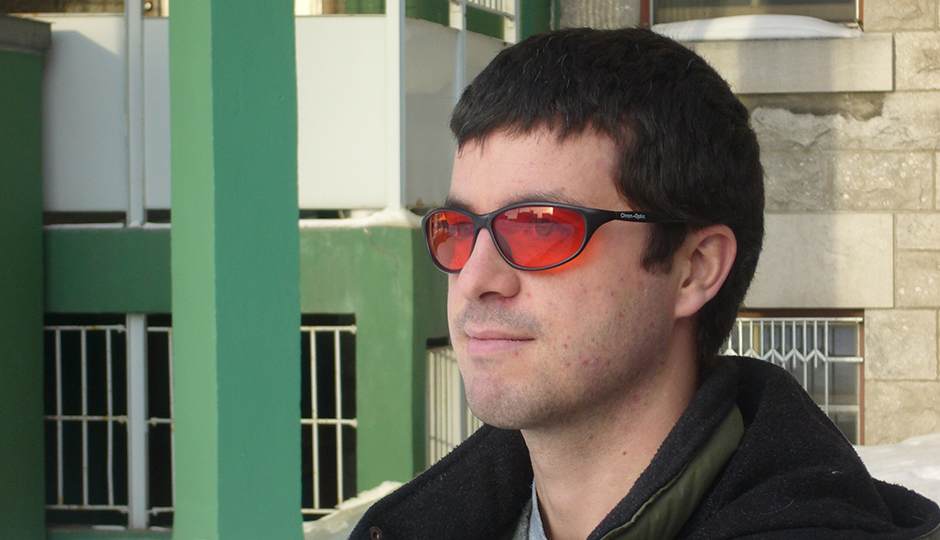Science can now help night workers adapt to their sleep schedules.
The team led by Marc Hébert, professor at Université Laval and researcher at the Centre de recherche de l'Institut universitaire en santé mentale de Québec, has proven that tweaking the colour of the light can delay sleep hormone production and stimulate alertness. The result? Workers have a lower risk of accident, are more productive and sleep better during the day.
Tweaking the colour of the light can delay sleep hormone production and stimulate alertness.
The experts designed an illumination mechanism that emits pulsed, rapidly alternating blue and red light. A LED light installed in the instrument panel of a vehicle or on a work helmet, for example, produces the greenish blue hue that is usually prevalent during the day, stimulating wakefulness and preventing the production of melatonin, our natural soporific. The red light enables the specialized cells in the eye to regenerate between the flashes of blue. But because people on the night shift still need a good sleep after being kept awake by this lighting ruse, Marc Hébert developed orange-tinted glasses that block greenish blue outside light. Workers must put them on at the end of their shift and wear them until they get home. The Canada Post employees who tested the specs gained 40 minutes of sleep on average.
The Chron-Optic glasses are among the products sold by Chronophotonix, a business founded and co-administered by Hébert that has just been granted funding from the local development centre in Québec and SOVAR, Université Laval's research commercialization company. The goal is to develop a marketable version of the light emission device, which the team is about to test in very large vehicles at Glencore's Raglan nickel mine in Nunavik.




